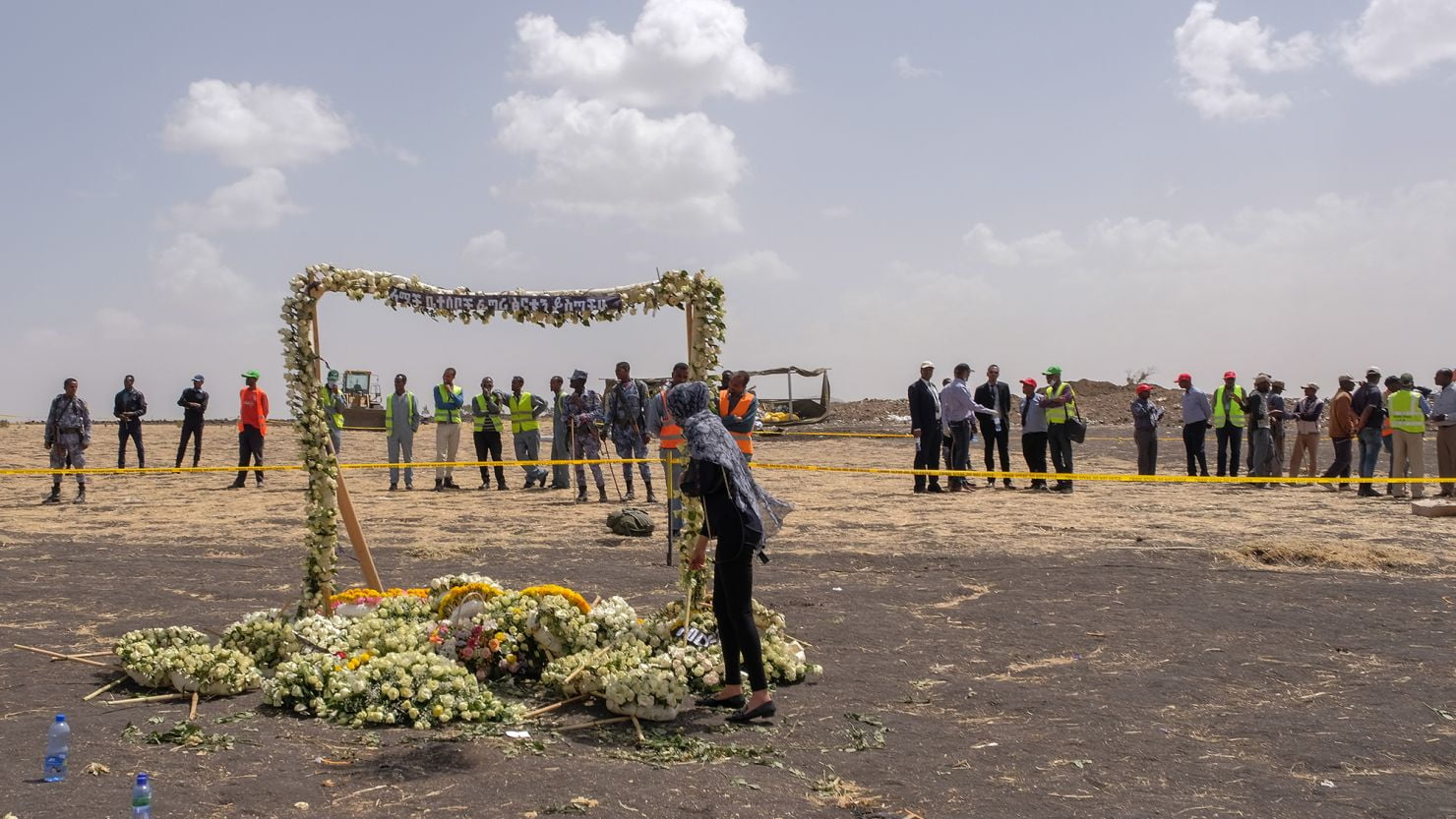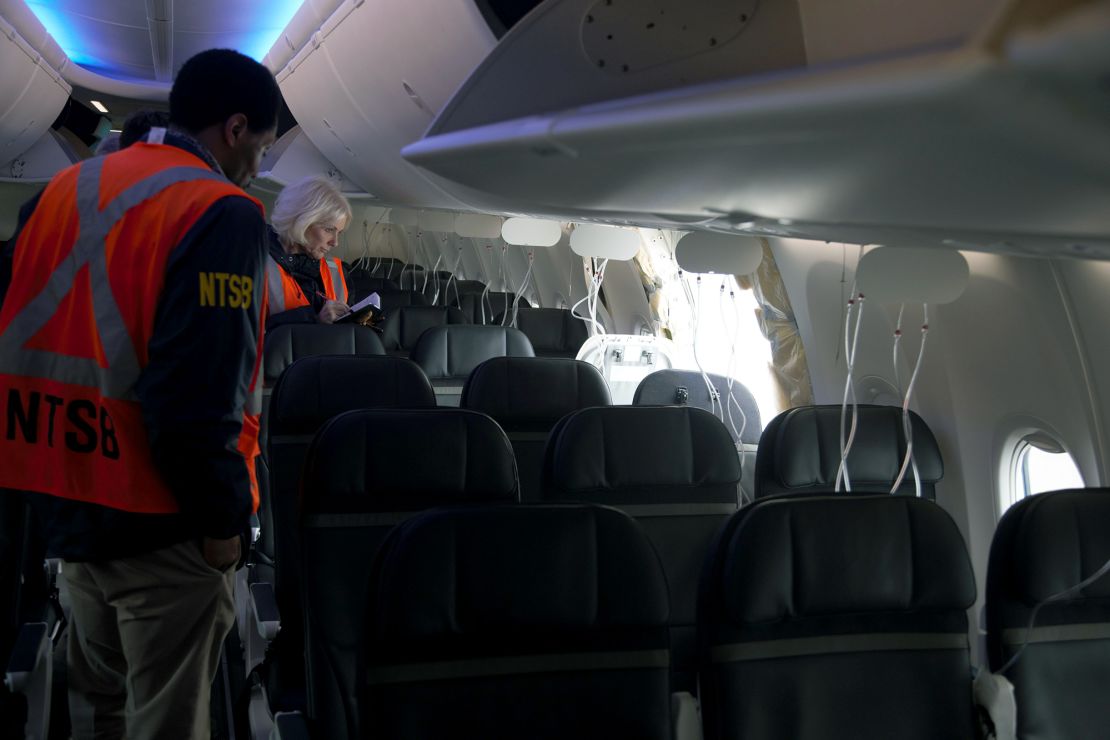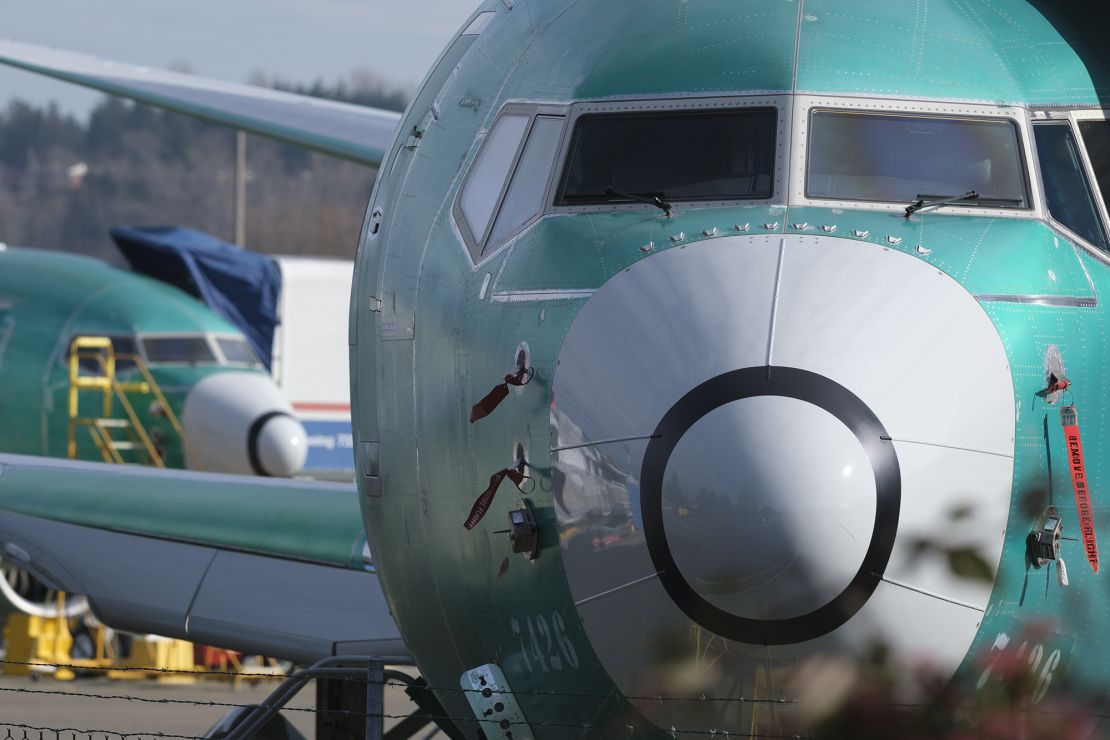
In Short
- The tragic loss of lives in boeing’s aviation disasters continues to haunt families, five years after the fatal crashes.
- Negligence and corporate accountability come into focus as investigations uncover systemic issues within boeing’s safety culture.
- Families affected by the tragedies demand justice and strive to prevent similar incidents, challenging the aviation industry to prioritize safety.
TFD – Delve into the heart-wrenching aftermath of Boeing’s aviation tragedy, where grief intersects with corporate negligence. Families seek justice and demand accountability, raising crucial questions about airline safety.
On March 10, 2019, Michael Stumo’s life took an irreversible turn. Six minutes after takeoff, his daughter Samya Rose Stumo lost her life when the Boeing 737 Max 8 she was on aboard crashed into the earth near Addis Ababa, Ethiopia. Her age was twenty-four.
“We lost a portion of our lives. On the eve of the crash’s fifth anniversary, he told CNN, “Part of our future is dead.” “She was endowed with everything.” She was quite intelligent. She was the Copenhagen School of Public Health student with the most publications. She taught herself to read before she was four. She went to college at 14. She was beautiful, charismatic. Her smile could light up the room. She was very caring. She would have been a star in the world of global health.”

Samya Rose was traveling by plane from Ethiopia to Kenya as part of her new role with an organization that develops health systems. Aviation regulators worldwide have let the 737 Max to continue operating passenger flights despite the fact that the identical aircraft model had crashed shortly after takeoff from Indonesia less than six months prior.
Michael Stumo said that he never really thought about the aircraft or his daughter’s flying intentions.
“We didn’t give flying any thought. We didn’t focus on the airline or the type of aircraft, he claimed. “These days, we focus intensely on flights. Never would we fly a Max.
The relatives of the 157 passengers on board the Ethiopian plane find the March 10 anniversary particularly painful because, over the past two months, Boeing’s safety and quality have been the subject of extensive media attention.
An additional occurrence
A portion of an Alaska Airlines 737 Max 9 that was in flight on January 5 of this year burst, leaving a huge hole in the side of the aircraft. Thankfully, it was able to land a few minutes later without causing any major injuries or fatalities.
The National Transportation Safety Board conducted a preliminary inquiry and discovered that, although lacking four bolts required to secure the door stopper, the aircraft was delivered to Alaska Air less than three months prior to it having departed the Boeing manufacture.
Since the incident, Boeing has made announcements about efforts to enhance quality and safety. These include holding a safety meeting for all employees the week after the accident and pausing production at the Max plant for one day later that month to discuss safety measures in more detail. The Federal Aviation Administration (FAA) given Boeing 90 days to develop a plan to address safety holes, but the regulator is not happy.
Following the door plug blowout in January, Boeing was under close regulatory inspection, which was appreciated by some of the relatives of the Ethiopian tragedy victims.

Not that we’re delighted that took place. It’s a mixed blessing, though. Although a terrible incident was going to happen in this instance, no one died, according to Stumo. “We had to concentrate on the design after our crash. It was not due to the turmoil in production. The production problems really came to the fore this time.”
The tragedy, according to 28-year-old Zipporah Kuria, uprooted her entire existence. She lost her 55-year-old father, Joseph, on the same aircraft.
“It seems like a terrible mishap from the beginning,” she said of the 2019 collision. “Then, something wasn’t right,” crossed my thoughts when I learned later that day that this wasn’t the first disaster and that both of the planes were reasonably new.”

She got involved in the fight to hold Boeing responsible for its missteps, just like Stumo did. She dedicated hours of her week to the matter, contacted aviation authorities, gave public speeches, and attempted to draw attention to Boeing’s production and safety issues.
This last week, she added, “It’s robbed me of time and opportunity and peace of mind and, most importantly, my dad.” This has been the focal point of my life, so I haven’t had the ability to fall in love and start a new life with someone else. We’re back in the Boeing circus just as I decide to concentrate on other aspects of my life when a door falls off a jet.
Similar to Stumo, however, Kruia expresses her satisfaction that the Alaska Air incident has highlighted the fact that Boeing’s issues were not resolved when the 737 Max aircraft went back into service following a 20-month grounding. Beyond the design defect that caused the crashes, Boeing had production issues.
For the past five years, the company has experienced recurrent problems with the quality and safety of its aircraft, which have resulted in the long-term grounding of some aircraft and the suspension of delivery of others. However, the public paid little attention to the difficulties, which included 737 and 787 Dreamliner aircraft de-icing systems that might malfunction, 777 engine problems, and recurring quality control issues with the body of the 787. The frightening door plug incident, however, shined a spotlight on the years of safety concerns at the company.
“There was a relief when that occurred and everyone on the plane was okay,” Kuria remarked. “This is the damning evidence that the world has been waiting to see in order to wake up and expose Boeing.”
Calls for continued operations and postponed prosecution
The victims’ families, and the attorney who has represented many of them, are particularly angry that the Max continued to fly after the first accident demonstrated a design flaw, a problem with a single sensor that would push the nose of the jet down if it sensed an imminent stall.
Not only did Boeing maintain this position following the first crash, but it did so for days following the second as well. Boeing didn’t acknowledge the design defect until much later, during the course of investigations and litigation that made public internal conversations about the issues with the design shortly after the initial tragedy.
One of the plaintiff lawyers in the case, Robert Clifford, told CNN that “Boeing knew there was a design defect within days of the first crash.” They thought they could get ahead of the curve rather than telling every operator about this flaw. That was not the case. They gambled with people’s lives and the people lost.”
Boeing was able to escape the risk of having to pay significantly more in punitive damages in 2021 when it acknowledged guilt for the two crashes and agreed to pay compensatory damages.

Along with this, it consented to a contentious deferred prosecution arrangement with the US Justice Department regarding allegations that it had deceived the FAA in order to obtain the Max’s original certification. As part of the settlement, Boeing agreed to pay $2.5 billion, although the majority of that sum went toward compensating the airlines for the aircraft’s 20-month grounding. Those were payments that Boeing had already agreed to make.
According to a person familiar with the investigation, the Justice Department has begun examining whether flaws discovered following a 737 Max flight’s door plug blowout violate that deferred prosecution agreement. This assessment stems from the Alaska Air event. Depending on the investigation’s findings, Boeing may be held criminally liable.
Boeing told CNN that it had no further comments on the most recent Justice Department investigation, while acknowledging in a January regulatory filing that the department was investigating whether the firm had complied with the terms of the deferred prosecution deal.
But beyond the many probes and audits and investigations of Boeing, many family members are still angry that the jet was allowed to start flying again after the company made changes to that system after a 20-month grounding. They contend that the Alaska Air incident shows that Boeing’s issues extend far beyond the corrected design flaw. Some say they extend to production issues and to severe problems in the organizational structure at Boeing. The company declined to comment.
During a company-wide safety meeting, Boeing CEO Dave Calhoun admitted that the business erred in handling the door plug blowout and promised to enhance safety. Ed Clark, the man in charge of Boeing’s 737 Max passenger jet program, was fired last month.
“A muddy cesspool”
Following the Alaska Air disaster, a study that had been in the works for over a year was released by the Federal Aviation Administration, which was highly critical of Boeing’s safety culture. The FAA discovered that “safety-related messages or behaviors are not being implemented across the entire Boeing population,” despite claims from Boeing management about a renewed commitment to safety.

The panel discovered that there was a “hesitancy in reporting safety concerns for fear of retaliation” among Boeing employees due to managerial conflicts of interest. The panel conducted more than 250 interviews and examined more than 4,000 pages of records. Additionally, the survey stated that employees may be discouraged from reporting safety concerns if they are unclear about the safety programs.
A different follow-up report from the FAA addressed the Alaska Air incident and discovered many issues with Boeing’s manufacturing procedures. Boeing has been given 90 days by the EPA to develop a strategy to address its quality shortcomings.
Boeing maintains that it is recommitting to safety and addressing production issues, and that it is attempting to allay the concerns raised by the FAA. The corporation said, “We will never forget the lives lost on Ethiopian Airlines Flight 302 and Lion Air Flight 610 and their loved ones,” in response to a question regarding the fifth anniversary of the Ethiopian crash. Their memory and the hard lessons we learned from these accidents drive us every day to uphold our responsibility to all who depend on the safety and quality of our products.”

However, the families of the victims are not at all pleased with that message, or any other apology that Boeing and its officials have made in the past five years. They assert that unless Boeing’s senior management is changed, they won’t give up on their demands for improvements at the business.
The management of Boeing is to blame. It won’t change until Chief “Safety” Officer Mike Delaney and David Calhoun are gone, according to Stumo. “It’s a swampy cesspool.”
After former Boeing CEO Dennis Muilenburg testified about the crashes in Washington in 2019, Stumo and a few other victim families visited with him. When asked if he would be interested in meeting Calhoun, Stumo said, “I’m not sure,” after pausing for a considerable amount of time.
Kuria, however, stated that she would like to speak with Calhoun and other Boeing officials.
She remarked, “just to see how these people sleep at night.” “How do you give your wife and kids hugs and kisses when you know that some families never get to do that because of decisions made?”
Conclusion
The legacy of Boeing’s aviation tragedy serves as a stark reminder of the human cost of corporate negligence. As families seek justice and demand accountability, the aviation industry faces a critical juncture in prioritizing safety above all else. Let us honor the lives lost by fostering a culture of transparency and accountability, ensuring safer skies for future generations.
Connect with us for the Latest, Current, and Breaking News news updates and videos from thefoxdaily.com. The most recent news in the United States, around the world , in business, opinion, technology, politics, and sports, follow Thefoxdaily on X, Facebook, and Instagram .
